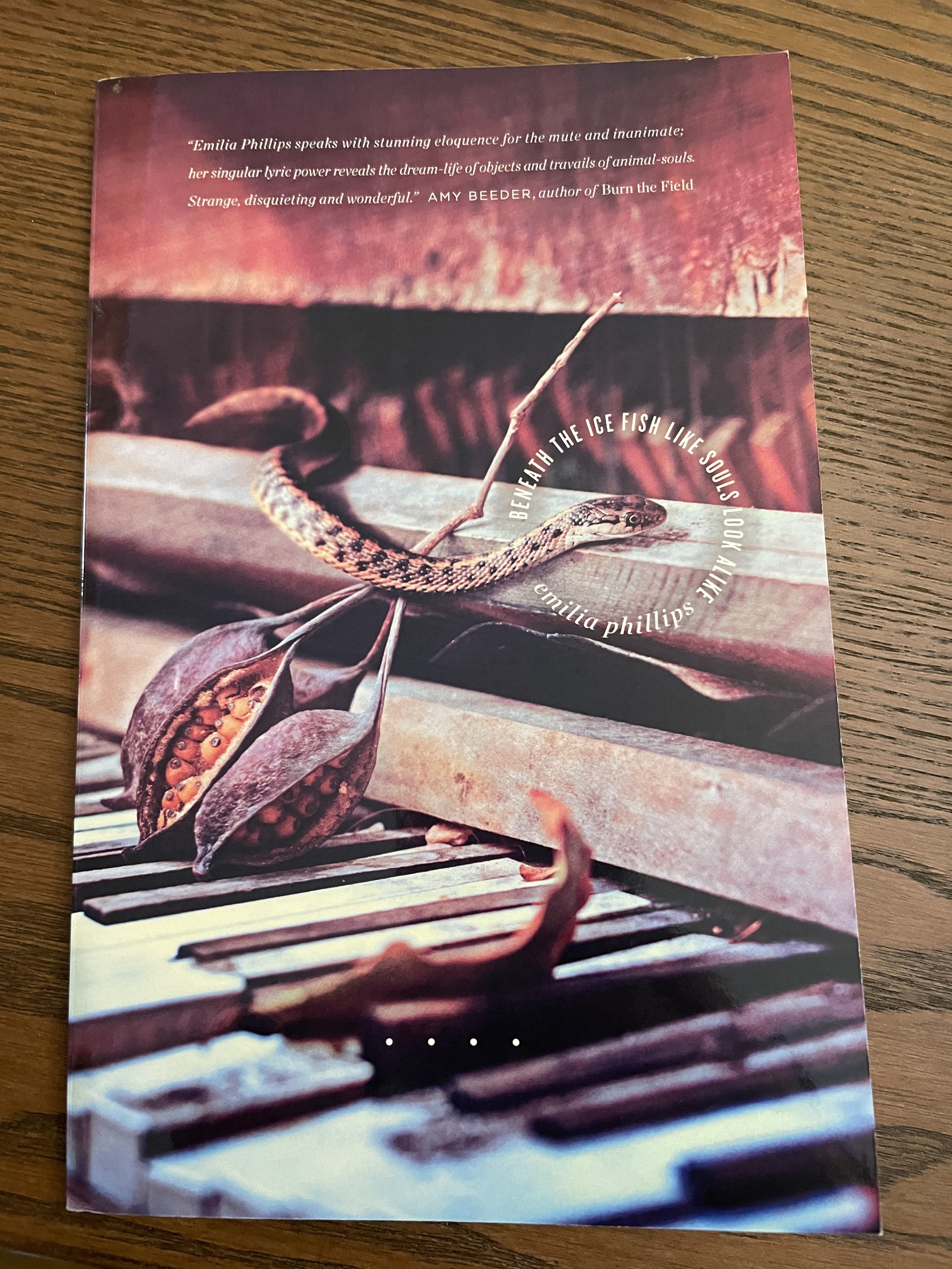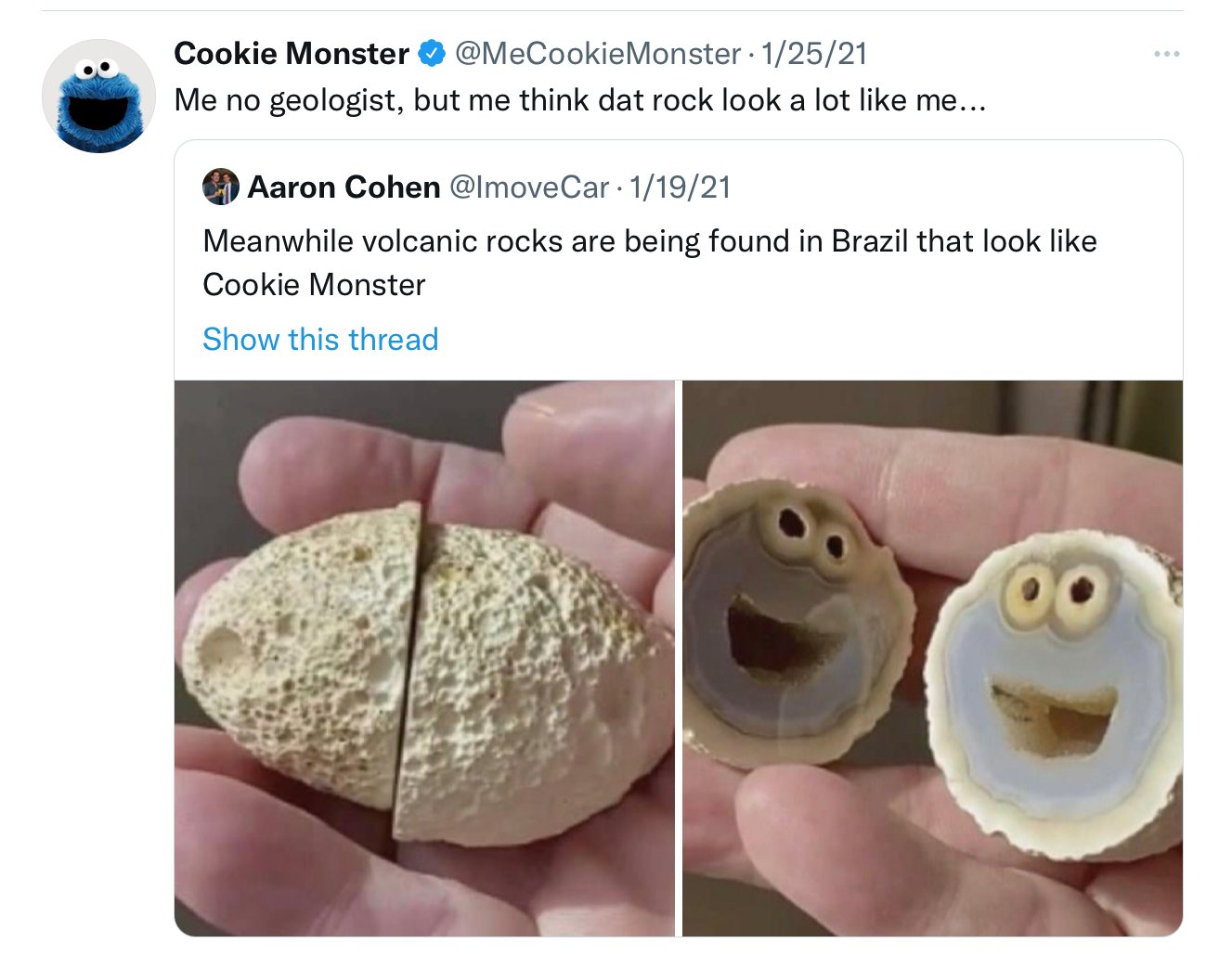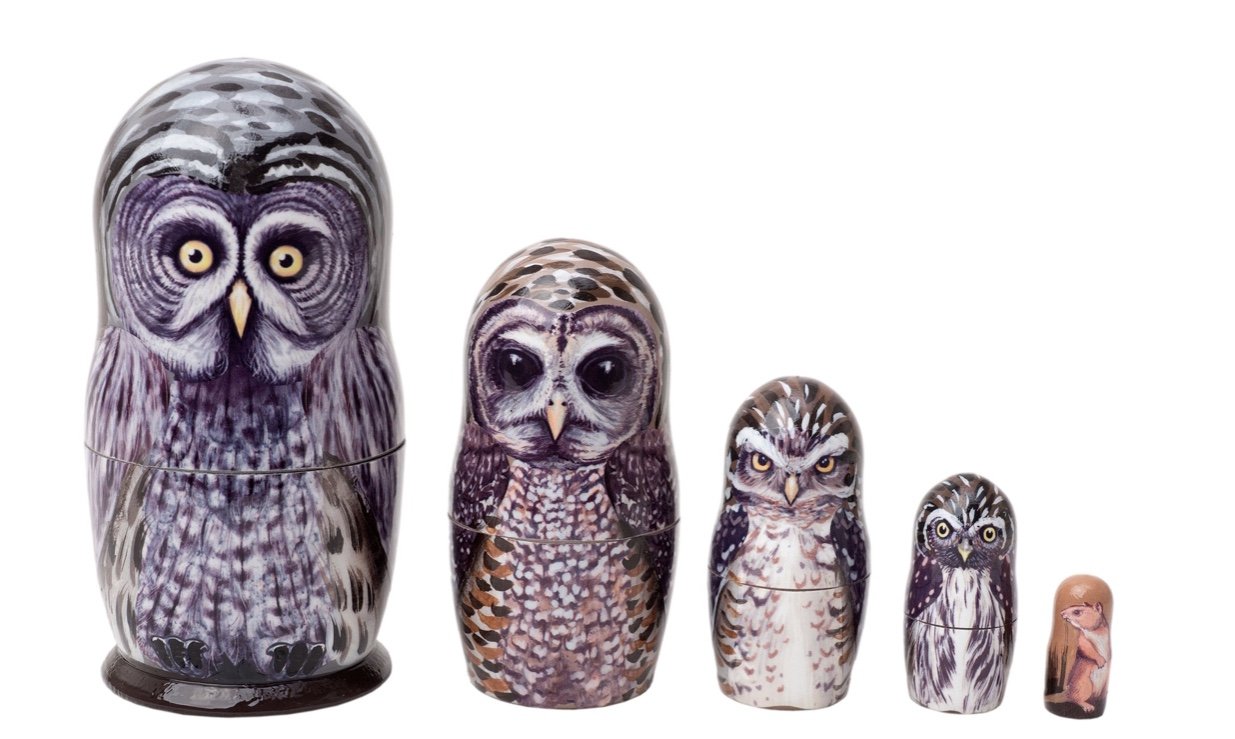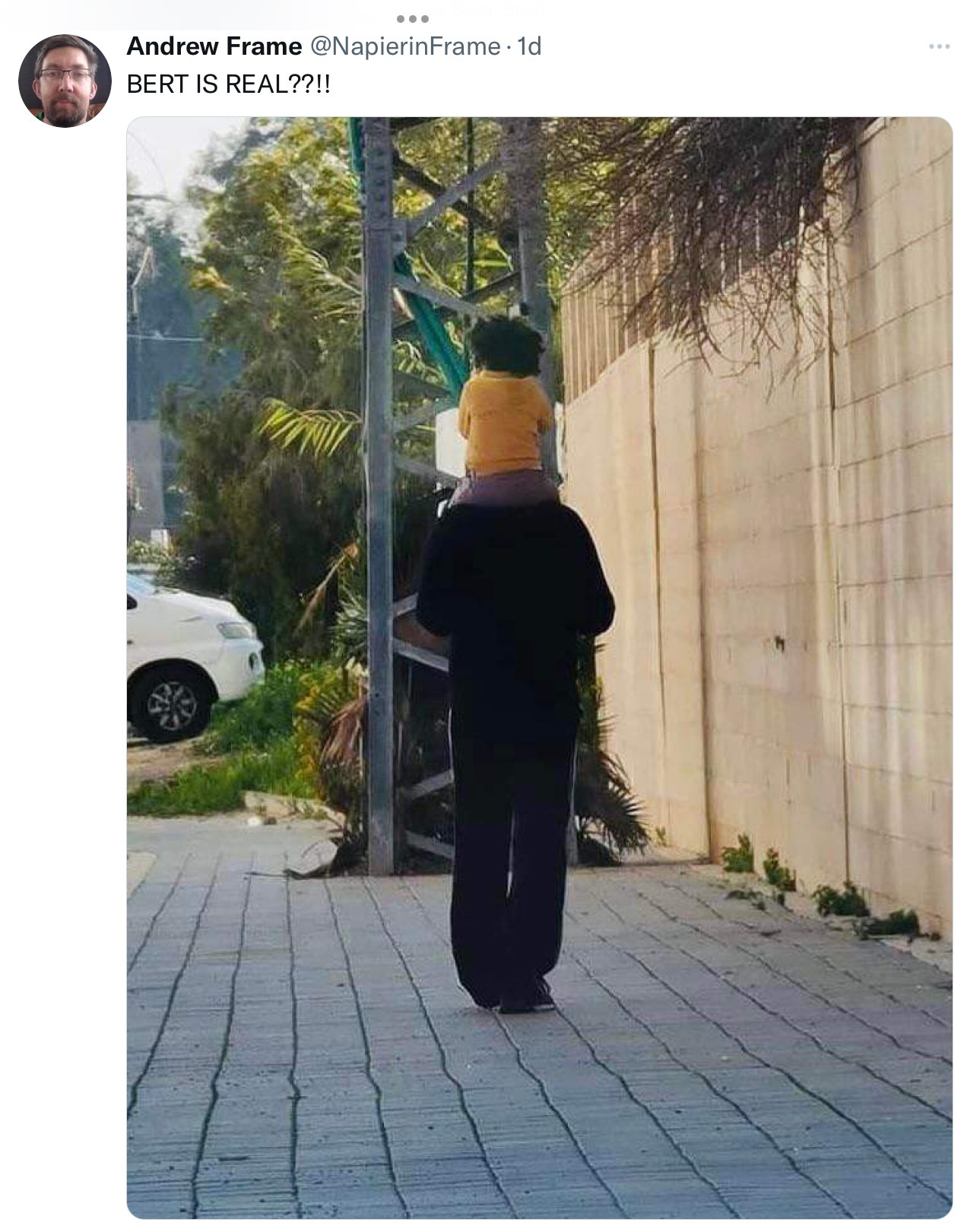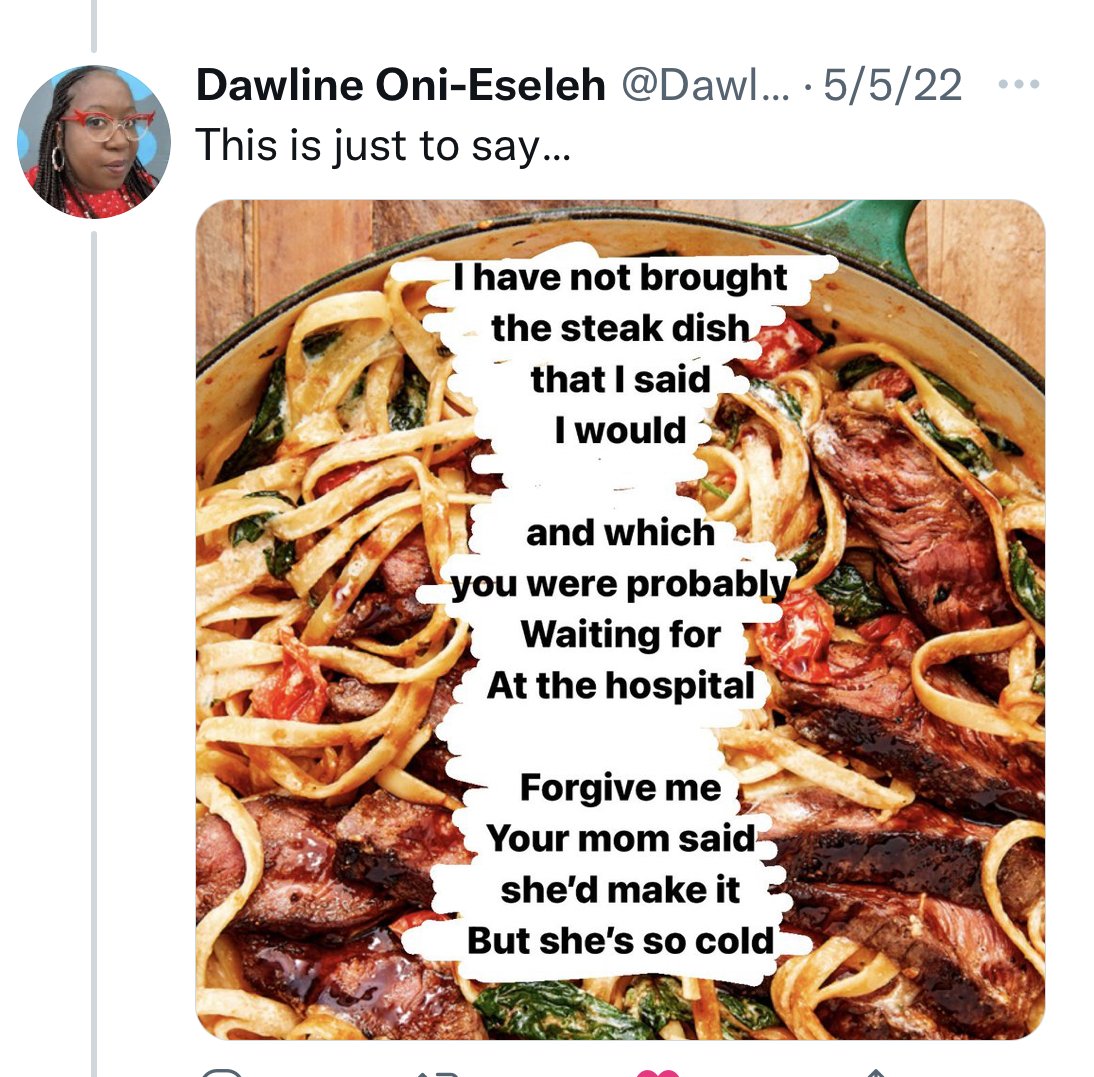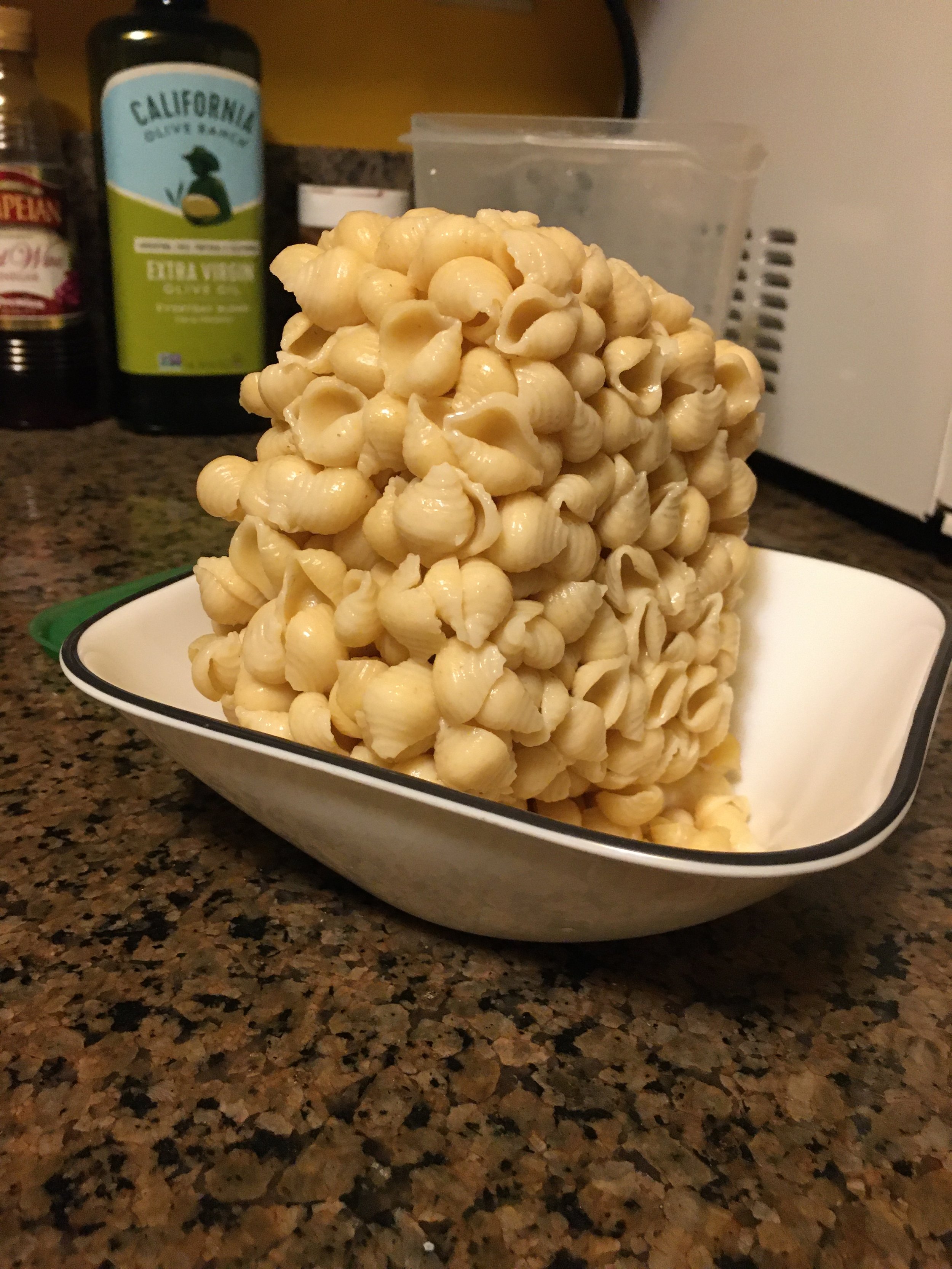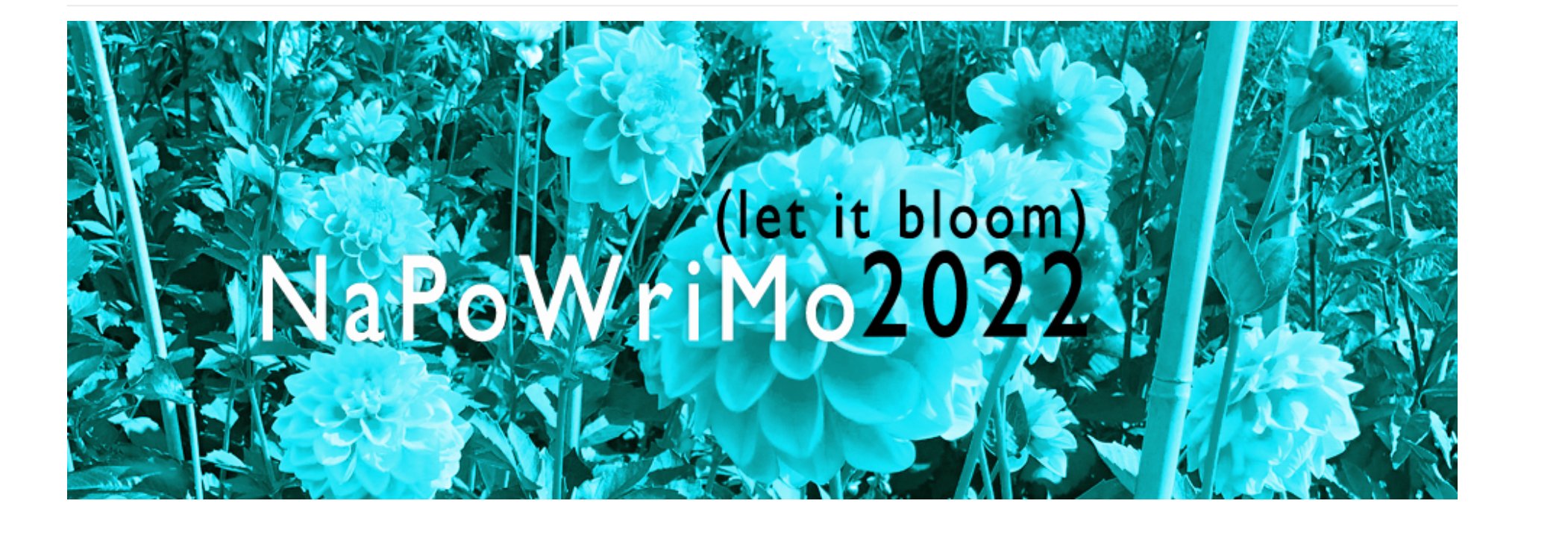I again finished a chapbook that has been in an unread pile for years—this time Kim Bridgford’s Doll, which uses traditional forms such sonnets and villanelles to explore society’s expectations of women.
Although I believe the submission window is closed now, you can subscribe to Duotrope to find out more about the the Kim Bridgford Memorial Sonnet Contest (I do not have a membership since I do not submit often enough to justify the expense, but you should try to submit more than I—everyone should).
My favorite poem in the collection is “Barbie Turns Fifty-Three,” perhaps because I can sympathize with an aging Barbie whose feet do not easily fit into heels (if ever mine did) and whose hopes for a future have turned to rearview mirror regrets.
For the first prompt, give a doll or action figure an age and use both the toy’s name and the age (e.g. “Tenderheart Bear Turns 37”) for your as Bridgford did. You will probably want to state “after Kim Bridgford” below the title. Try to write a sonnet if possible.
For the next prompt, use the line “And what is this new sorrow, and this ache?” for a ghostline. Remember to erase the line and credit the poet.
For the final prompt, write a poem about whom you believe the world is designed for. Examine the ways you are not that person.
Good luck and good reading!



